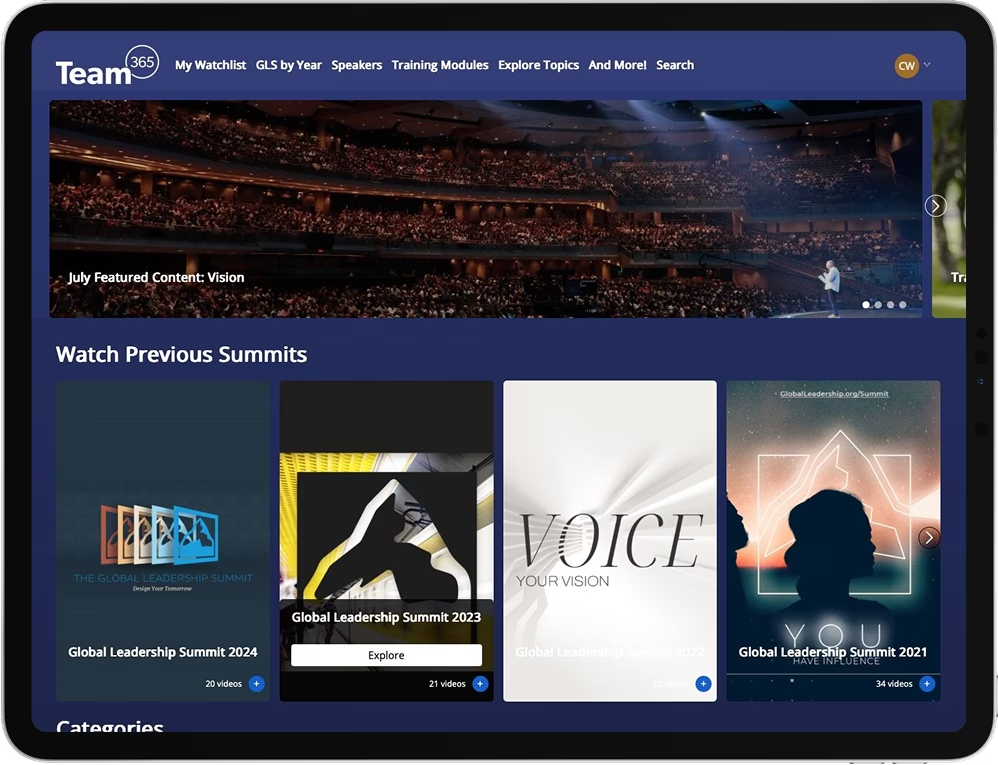When conversations are difficult, cross-cultural issues can add to the complexity. Our favorite expert in Crucial Conversations, Joseph Grenny, explains an approach to build understanding in these difficult situations. The original post can be found on the Vital Smarts Q&A page here.
Dear Crucial Skills,
Our city has been struggling with a diversity initiative, and we’ve been going through the Crucial Conversations training to help address issues that keep our employees from working together because of cultural misunderstandings.
It’s been interesting to see people’s reactions to the terms “silence” and “violence” used in the training. It seems to be a matter of interpretation. For example, several people from different ethnic backgrounds say that being expressive and emotional is part of their cultural communication style–and yet people from other cultural backgrounds see this strong way of advocating as “violence” in crucial conversations language.
How do you address these differences in the way people define “silence” and “violence” when conversations are happening between people of different cultures?
Signed,
Culture Clash
Dear Culture Clash,
You raise a very important question—and one we’ve thought a great deal about since we’ve worked with these skills literally everywhere from Israeli software companies and Kenyan slums to Malaysian factories and Wall Street investment banks. Here is our considered response.
Your twin responsibilities in a crucial conversation are: 1) to maintain safety; and 2) to engage in and encourage the free flow of meaning.
All of the skills in Crucial Conversations are designed to accomplish these two tasks. Maintaining safety is hard enough when two people come from the same culture. It becomes even more complex when people come from a different culture. The reason is that people from different cultures tell themselves different “stories” about the behavior of others. Using active hand gestures while I speak might be seen as passion in one culture and coercion in another.
For example, I once worked with an Israeli software company that was acting as a vendor to an American telecom company. There were frequent crucial conversational breakdowns as a consequence of the widely different communication patterns used by the Israelis and the Americans. The Israelis were comfortable with relatively louder volume and more vigorous body language. The Midwestern Americans were intimidated and offended by this behavior. The story they told themselves about the behavior was that it was disrespectful and coercive.
How do you solve this problem?
First, by holding the right conversation. Don’t just talk about “content” (key issues you need to address). If you are aware that there could be cultural differences, you should pause occasionally and talk about those differences. Talk about your differing patterns of behavior. Ask people how you are coming across. Encourage them to give you feedback about behaviors that might make it difficult for them to engage with you around crucial topics. Ask them what various patterns of behavior on their part mean to them.
Second, when you are digging into crucial conversations about content, watch for signs that the conversation is not working. Watch for marked changes in others’ behavior or facial expressions. If, for example, they are usually expressive but become silent, you can bet that safety might be at risk. They may be interpreting your behavior as violent when you intend it as something much different. Or, if they become louder than usual, again this is a sign that safety could be at risk and you should step out of the conversation and talk about the conversation. Again, ask for feedback about how you’re coming across—either now or later when it might be safer.
Working across cultures requires the same two sets of regular conversations that working to build any sort of strong relationship requires. The first is healthy crucial conversations about key issues (content or relationship). The second is regular crucial conversations about how to correctly interpret your differing behaviors (pattern).
The reason for the first kind of conversation is obvious. But the need for the second is less so. Many people fail to help their colleagues or loved ones correctly interpret the intent and meaning behind their own behaviors. They leave them open to be interpreted in the worst way possible—often with disastrous consequences.
If you want to work well across cultures, don’t just talk issues, talk behaviors—what they mean and don’t mean–and what works for the both of you.
Thanks for raising an important issue. And best wishes in the vital work you’re doing to bring greater unity and productivity into our wonderfully diverse world,
Joseph
Related

All Lions and No Gazelles: How a Lack of Diversity Can Collapse a Team (And What to Do About It)

5 Emergency Preparedness Tips to Lead Through Crisis

Accountability in Love & Leadership—GLS22 Faculty Spotlight

The Tech CEO who sold his home to live with the formerly homeless

Self-Care Should Not Be Selfish: Why Leaders Thrive When They Look Beyond Themselves

Does your team have a microculture?
Leadership That Lasts
Team365 isn’t just a platform. It’s a commitment to grow, lead and live with purpose — every single day. Whether you’re here for content, community or clarity, you’re in the right place. Your leadership matters. Let’s keep going.





